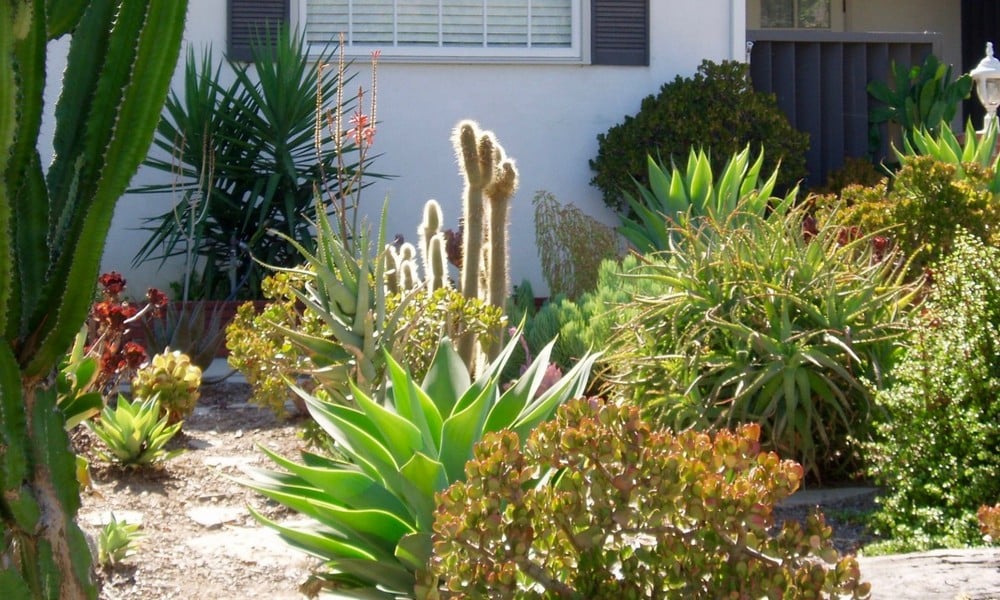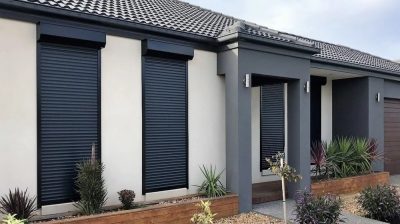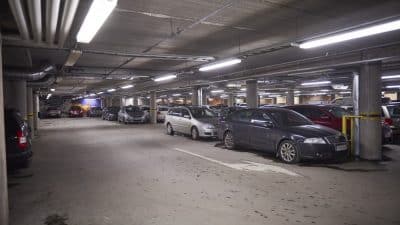
One of the most magnificent ways to save water, reduce the cost related to maintenance, and preserve the environment is with a sustainable landscape. It will be aesthetically and functionally beautiful outdoors. This article will outline the important components required in sustainable landscaping-from simple tips to valid methods for creating a low-maintenance, ecologically friendly yard that will be affordable over time.
Select Native Plants for Low-Maintenance Landscaping
One of the most efficient ways to conserve water and reduce maintenance is through the selection of native plants. They are more adapted to the native climate, soil, and rainfall patterns, which means the frequency of watering, fertilizing, or pest control will be lower compared to their exotic counterparts. By narrowing your plants to those that naturally occur in your area, you won’t just be saving time and resources; you will also support the native wildlife, as native plants provide food and habitat for native pollinators, birds, and other beneficial creatures. Research which plants are native to your region or visit a local nursery to find native options that suit your aesthetic and functional needs.
Group Plants with Similar Water Needs
It allows for efficient watering by clustering plants with similar watering needs. This irrigation, also known as “hydrozoning,” enables one to tailor one’s irrigation effort-applying more water where it is needed and cutting back on areas that require less. You plant the drought-tolerant in one portion of your yard and throw the thirstier plants in another area. This prevents some from getting overwatered while others get underwatered, hence enabling your landscape to remain healthy and look vibrant. Hydrozoning makes it rather easy to cease water waste and act accordingly with the adjustment of the irrigation schedule.
Add Mulching for Retention of Moisture
Mulching is one of those rather simple and effective ways for conserving water, stabilizing the soil temperature, and minimizing weed growth. Organic mulch applied over the soil bed reduces the frequency of watering, as it helps to retain soil moisture. Over time, the mulch will further decompose, hence enriching the soil with nutrients valuable for healthy plant growth. Mulch your plants to a reasonable extent, especially around flower and vegetable gardens, occasionally renewing the layer so it may serve its purpose. Mulching can help save water and beautify the overall health of your landscape, both aesthetically and intrinsically.
Install Drip Irrigation for Targeted Watering
Want to save water? Installing a drip irrigation system is one of the methods. Instead of traditional sprinkler systems that sometimes lose a lot of water through evaporation and runoff, drip irrigation waters directly at the base of plants, where it is needed most. This method retains waste water and continuously provides adequate moisture in root zones of plants to develop deep and healthy roots. Drip irrigation systems are very rewarding for vegetable gardens, shrubs, and flower beds. They are considered fairly easy to install and can be set up on a schedule; this frees your time from this chore. By installing drip irrigation, you invest in a water-efficient system that pays dividends with your landscape and ultimately in your wallet.
Choose Drought-Tolerant Lawn Alternatives
The American love affair with lawns is part of the national psyche, but it often comes at the expense of precious water. Reduce lawn size or eliminate it altogether and replace with drought-tolerant ground covers like clover, creeping thyme, or sedum. Such flora offers lush greenery without the need for regular irrigation, mowing, or the application of fertilizers. You can also try ornamental grasses or native wildflowers, as they give texture and color to your yard without many maintenance needs. Rethink your lawn and substitute it with one that requires less water; this will give you an aesthetically pleasing and sustainable landscape that requires less upkeep.
Do Landscaping Jobs More Efficiently with Compact Tractors
If you have a large yard or are making extensive changes to your landscaping, you will surely want compact tractors. They are ultra-versatile-from tilling the soil way to hauling heavy loads of mulch or gravel, it saves time and energy. They also work with attachments like mowers, aerators, and seed spreaders. In this way, they render them usable for a range of tasks in sustainable landscaping. Purchase a compact tractor, and you are set with all the things needed toward keeping your landscape functional and sustainably, especially when those areas are large.
Harvest Rainwater for Landscape Irrigation
Harvesting rainwater is an intelligent and friendly-to-environment approach toward reducing your dependency on municipal water. Put a rain barrel or cistern in your roof to collect rainwater and store it for future use in your garden. It is great for irrigating plants and it will save you some bucks in water bills. Rainwater, in that it does not go through any treatment process, is usually soft and chemical-free, hence healthier for plants compared to the treated tap water. Place your rain barrel under a downspout and use the run-off during dry spells to conserve local water resources while keeping your garden watered.
Compost to Improve Soil Health and Reduce Waste
Creating and utilizing compost is one of the critical activities in sustainable landscaping. Composting takes kitchen scraps, grass clippings, and other yard waste and creates treasures that improve soil structure, increase water retention, and facilitate plant nutrition. Add compost to your landscape to reduce the need for synthetic fertilizers, since it will improve soil quality so that healthy plants can thrive without added help. Place a compost pile or a composting bin in some corner of your yard and immediately put it to work recycling organic waste throughout the year. Regular compost additions into your garden beds and trees and shrubs will give way to a thriving landscape with much less reliance on outside resources.
Permeable Hardscaping Materials
Traditional hardscapes include concrete and asphalt. Both may create a great amount of water runoff and erosion, especially when heavy rain is experienced. For walkways, patios, and driveways try using permeable material alternatives: gravel, porous pavers or decomposed granite. Unlike impervious hardscapes, permeable hardscapes can truly let rain percolate into the subgrade soil below, minimizing runoff and recharging groundwater. There are so many textures and colors in which you can achieve functionality and aesthetics with such materials. With permeable hardscaping, you are doing your part in managing stormwater and contributing toward making the landscape more sustainable.
Success with a sustainable landscape is long-term and doesn’t stop upon completion but requires maintenance. Create a maintenance plan for your landscape that will include periodic pruning, mulching, and soil and irrigation checks. Try to avoid invasive plants and pests, as these will unbalance your landscape. Continuously reevaluate your garden for any change in its water needs; this is very important, especially as the plants mature and become better established. The whole idea of sustainable landscaping is building a fit and strong environmental setup, so that the environment could become self-sustaining with the barest minimum amount of interference. Having a plan so that the landscape can be tailored to your needs-aesthetic, earth-friendly garden for yourself and the planet.








